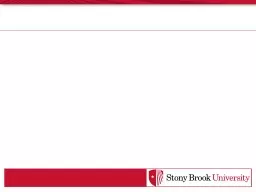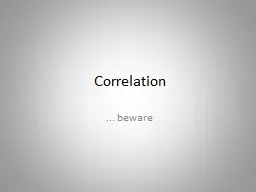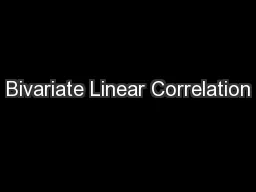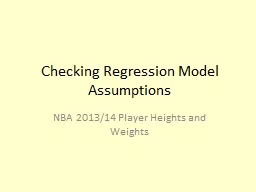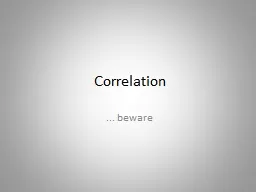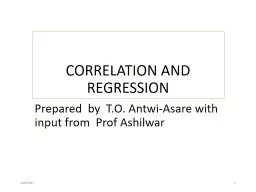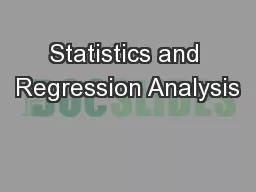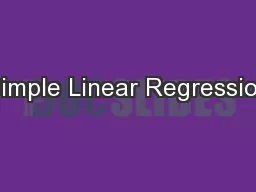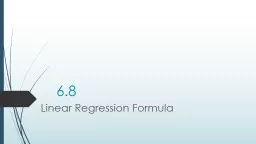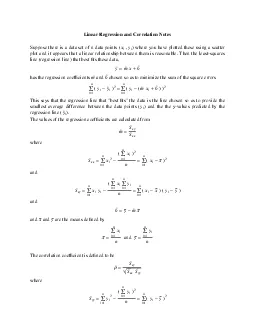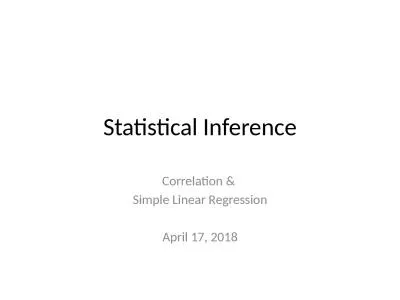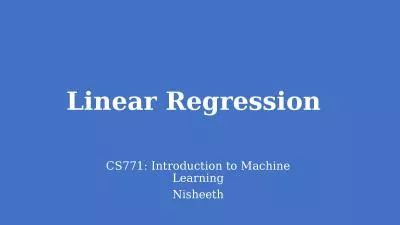PPT-Simple Linear Regression & Correlation
Author : solidbyte | Published Date : 2020-08-28
Instructor Prof Wei Zhu 11212013 AMS 572 Group Project Motivation amp Introduction Lizhou Nie A Probabilistic Model for Simple Linear Regression Long Wang Fitting
Presentation Embed Code
Download Presentation
Download Presentation The PPT/PDF document "Simple Linear Regression & Correlati..." is the property of its rightful owner. Permission is granted to download and print the materials on this website for personal, non-commercial use only, and to display it on your personal computer provided you do not modify the materials and that you retain all copyright notices contained in the materials. By downloading content from our website, you accept the terms of this agreement.
Simple Linear Regression & Correlation: Transcript
Download Rules Of Document
"Simple Linear Regression & Correlation"The content belongs to its owner. You may download and print it for personal use, without modification, and keep all copyright notices. By downloading, you agree to these terms.
Related Documents

